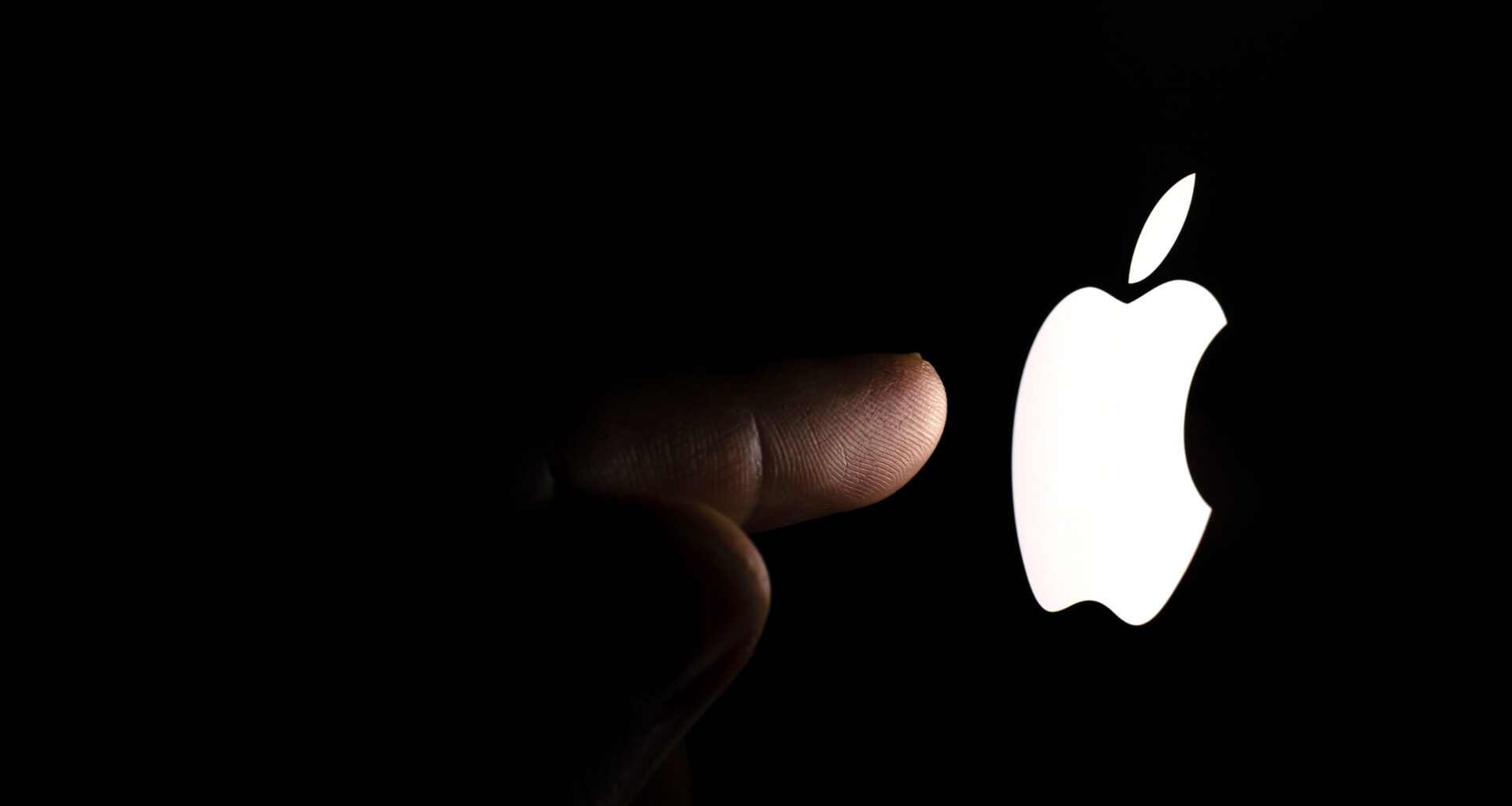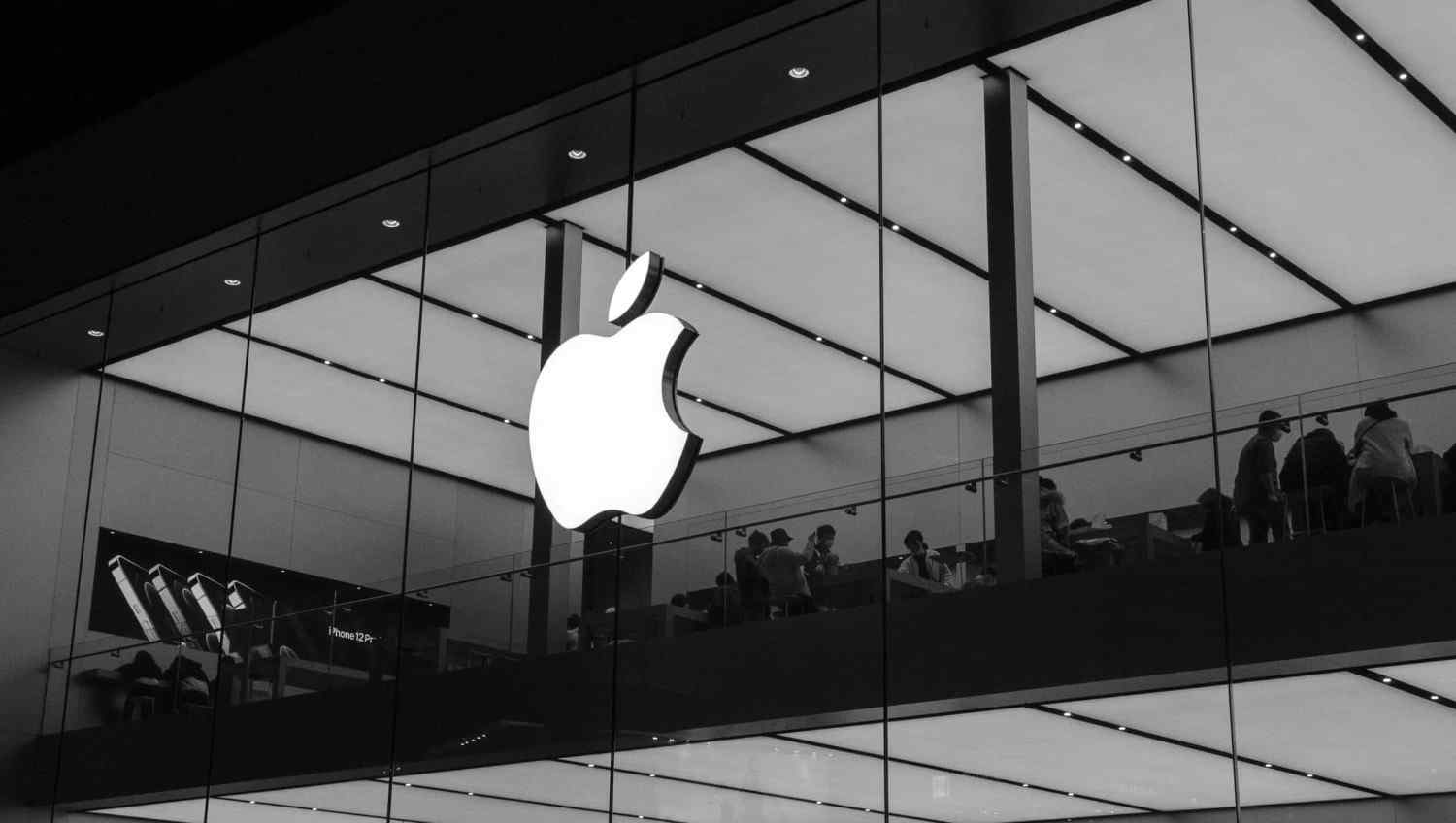Based on a new study from Counterpoint Research, Apple AirPods are favored as the leading wireless earbuds in 2025. According to the report, AirPods controlled 36% of the worldwide market revenue last year, putting Apple at the top of the category.
Apple finished in second place among shipments, behind the Indian brand boAt. Apple continued to generate most of its revenue from units it shipped abroad, while boAt sold more in its home market, India, at lower costs.
There was enough demand for Android alternatives for Samsung to place third on the list with its Galaxy Buds. Xiaomi and Skullcandy both finished among the top five companies for a number of units sold.
2024 saw the wireless earbuds market’s shipments increase by 6% and its revenue increase by 3%. Budget-friendly choices, not luxurious ones, were most responsible for this growth, mostly happening in Asia and Latin America. Yet, the premium sector, dominated by Apple, kept performing well due to users wanting more features and better sound in their headphones.
Experts at Counterpoint believe that the market will expand in 2025. While more people want low-cost and mid-range earbuds, AirPods and similar products will stay preferred in the U.S. and Europe.
Because it aims for quality and loyal followers, Apple beats out others, even with lower-priced phones entering the market.





